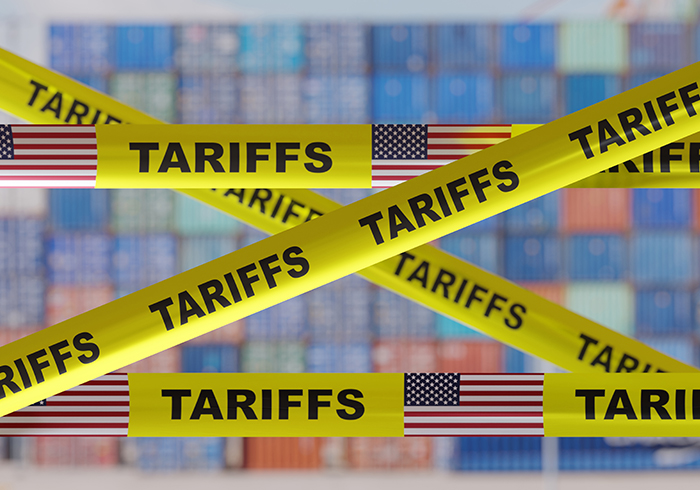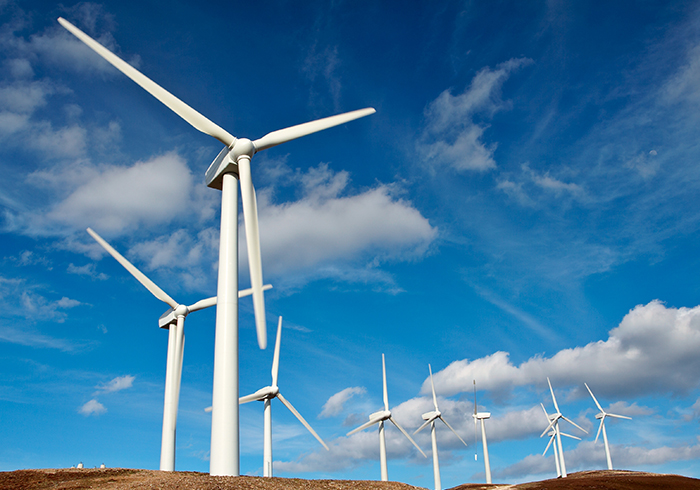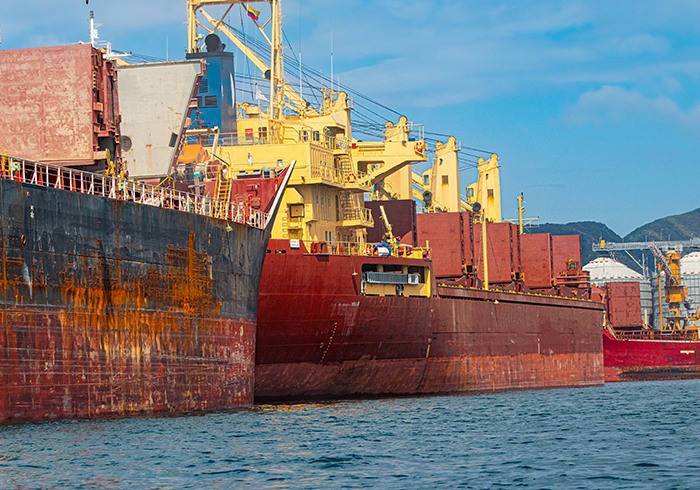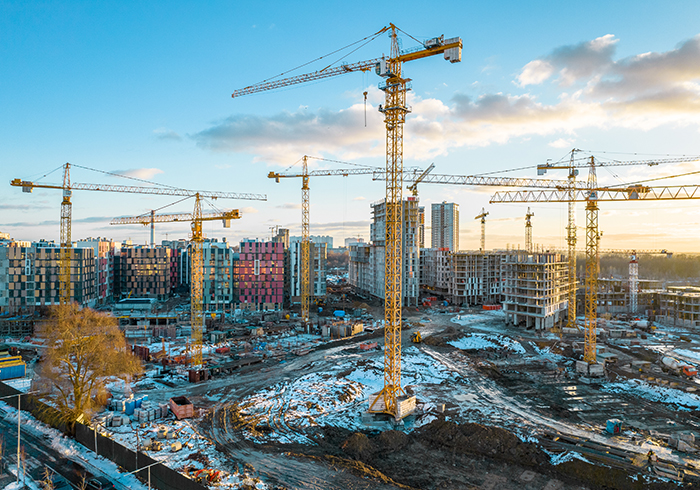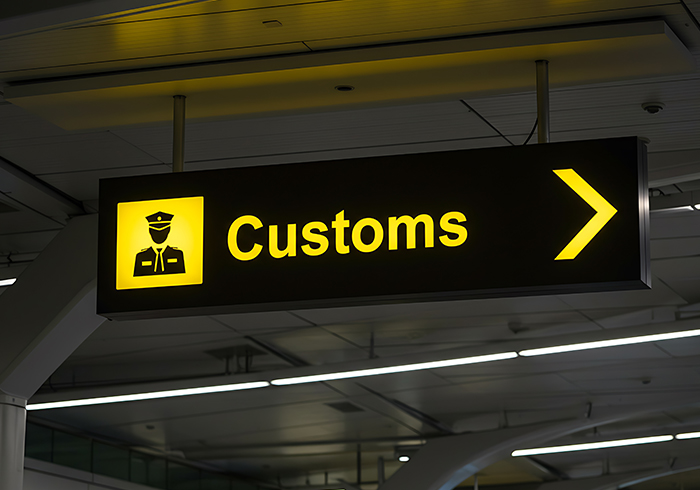As the old world order of trade changes at a rapid pace, flows to and from the Mena region have shifted from Europe and North America to Asia, Russia and neighbouring countries such as Turkey, marking a new eastern-focused era and creating new opportunities for financiers. Eleanor Wragg reports.
The world’s centre of economic gravity has shifted dramatically toward the East in recent years, driven by China’s breakneck growth, hunger for commodities and manufacturing prowess, at the same time as the economies of North America and Europe have undergone a slowdown. And nowhere is this better illustrated than in the Middle East and North Africa (Mena) region. Trade flows there, once dominated by the US and Europe, now overwhelmingly go to Asia. Commerce between the Middle East and China alone has increased six-fold in the past decade. The US, the region’s largest export destination a decade ago, has now been relegated to fourth place. China has also overtaken the US as the region’s top import source.
But it’s not only China that is driving these new eastern-focused trade flows. A brief look around the region shows that the Asean economies as well as India and Bangladesh are also growing in importance. According to HSBC research, for the period 2021-2030, Egypt’s fastest-growing export destinations will be China (rising 12% a year) and India and Bangladesh (both up 11% a year). Vietnam is tipped to be the most important destination for Egypt’s plastics, mineral manufactures and industrial machinery exports in the same period.
In Saudi Arabia, it’s a similar picture, with India, China and Vietnam expected to be the three fastest export growth destinations in 2021-2030, rising by an average 10% a year, followed by Bangladesh and Malaysia at 9% a year. Exports to Turkey will also accelerate to 8% a year in the same period.
For trade hub UAE, the fastest export growth will be to Vietnam, rising 10% a year in the period 2021-2030, with exports to China and India not far behind. On the import front, China and India were the two top originators in 2015. By 2030, HSBC estimates that the US and Germany will remain unchanged at third and fourth place in the imports list, but Vietnam will knock the UK out of the top five.
“Data from 2015 showed that there was a huge drop in trade in the region as a whole because of the dependency on oil prices,” says Rebecca Harding, founder and CEO of Equant Analytics. “This was particularly visible in countries like Saudi Arabia, which is now decreasing its dependency on trade with the West and looking more at trading with countries like China and Russia. Geopolitically, this is a very important shift, because Saudi Arabia has always been more focused on the West, and now it is moving more towards the East, which isn’t necessarily diversifying its trade.”
For many in Asia, the Middle East, with its energy resources, huge infrastructure requirements and massive import appetite, provides the perfect opportunity for both economic revitalisation and political positioning. South Korea is one such example. It is seeking to hamper its northern neighbour’s outside connections by building closer relationships with countries like North Korea’s military ally Iran, with trade and investment seen as the best way to make new friends in the region. Indeed, South Korean President Park Geun-hye’s visits to Saudi Arabia, Kuwait, the UAE and Qatar in 2015, followed by a trip to Iran in 2016, catalysed the signing of a raft of investment agreements, including the US$24.4bn financing of the UAE’s first nuclear power project, supported in part by the Export-Import Bank of Korea (Kexim), and developed by the Emirates Nuclear Energy Corp (ENEC) in partnership with Korea Electric Power Corp (KEPCO).
Russia is also keen to join the party, boosting its arms exports in particular to the Middle East as part of what Chatham House refers to as its strategy to re-establish Moscow as a key player in the region. Speaking to GTR, one Russian banker notes that both imports and exports to Mena were growing, including to Iran, with the two countries inking a range of pacts in the energy sector, including a deal to build a US$1.6bn thermal power plant. This geopolitical shift has led the European Council on Foreign Relations to call Russia and Iran the Middle East’s “new power couple”.
Companies reap rewards
For Asian investors already in Mena, the future looks bright. Chinese telecom provider Huawei, which set up its Middle East headquarters a decade ago in Bahrain, says it expects business growth for the region to be 36% a year until 2018. And the growing importance of Mena to the East is driving Asia’s corporates to set up shop in the region. “We are seeing that companies with businesses in the Middle East are upgrading their presence in the region. Those who have a sales office now want to start bringing in the finance functions and the treasury functions to the Middle East,” says Sonam Kapadia, executive director and head of corporate trade sales at National Bank of Abu Dhabi (NBAD).
These Asian corporates bring with them greater appetite for trade finance products, in particular supply chain finance (SCF) solutions, which thus far have seen little take-up in the region. The November 2016 signing by China State Construction Engineering Corporation (CSCEC) of a supply chain finance agreement with NBAD made it one of the first banks in the UAE to provide an SCF platform based in the region.
“We launched supply chain finance at the end of 2015 and are seeing a lot of interest in SCF programmes,” says Kapadia. “The region is more than ready to have sophisticated products in addition to the traditional trade products.” He adds that the bank completed two programmes in 2016, and foresees more to come in 2017 as demand grows. Notably, while on a global level the retail industry tends to be the most prolific user of SCF, NBAD is seeing interest coming in from engineering firms, foodstuff companies, airlines and power companies too.
While a new cycle of protectionism in the West, spurred on by events such as Donald Trump’s US election victory and the Brexit vote, is expected to knock 3% off the value of global exports by 2030 (according to HSBC data), the extent to which this plays a part in the Middle East’s tilt to the East is unclear. Many onlookers say it’s just too soon to tell what the Trump administration’s stance on trade with Mena will be, while for Brexit, independent policy institute Chatham House says “a post-Brexit Britain would likely double down on its existing geographic areas of strength, and would put particular priority on trade and defence with the Gulf.”
While the UK would need to renegotiate its trade relations with the likes of Morocco, Egypt, Algeria, Tunisia and Israel (all currently covered by EU agreements), some are hopeful that Brexit will mean increased trade with the Gulf.
“The departure from the EU is likely to strengthen trade, as the UK will be released from the stalled free trade agreement between the EU and the GCC,” says Omar Kabbani, Middle East director at law firm Fox Rodney in the firm’s Middle East Report 2016.
It is worth noting that any growth would be from a small base. According to Moody’s, UK-GCC trade made up less than 3% of the GCC’s total global trade in 2015 following years of decline in exports to the UK as energy demand from Asia has increased.
Prospects for financiers
As Mena’s companies build new relationships with their eastern counterparts, new opportunities are springing up for financiers. Kersi Patel, head of trade finance for Mena at Japanese bank MUFG, notes that trade digitisation is starting to take off in the region.
“We have seen an uptick in use of the bank payment obligation (BPO) by some of the large importers in the region. To some extent, this is driven by the fact that the BPO has been approved for use by one of the largest Japanese exporters to the region, and we expect that along with usage of documentary credits there may also be an exponential growth in the usage of the BPO to support some of the larger-value imports from Japanese manufacturers and exporters,” he says.
Despite the precipitous drop in commodity prices in recent years, oil is still the main driver of exports for Mena. As the US reduces its energy dependence on the region and in some cases looks to reverse flows – such as with its exports of shale gas to Kuwait, the UAE and Jordan in 2016 – exporters are looking elsewhere to sell their black gold, and these new markets need new types of coverage.
“Key exports from the region are driven by national oil companies,” explains Patel. “As some look to improve sales into Asia, they are slowly moving away from letters of credit, and are covering the risk of export receivables using different solutions from their banking partners. Silent payment guarantees and silent receivables discounting are two key solutions we have seen being used by some of the large exporters in the region.”
The region’s decreased liquidity, caused by prolonged low oil prices, has also opened up an opportunity for well-capitalised Asian banks in the region, says MUFG’s Patel.
“On the back of the drop in oil prices, we have seen a substantial reduction in liquidity, especially US dollar or foreign currency liquidity. This development has led to an increase in pricing for US dollar funding, which – though better aligned with the underlying risk than before – is still cheaper than funding in local currencies across the region.” He adds that larger exporters and importers across the Mena region are therefore increasingly demanding US dollar funding from their banks, opening up new areas of collaboration between local and international banks.
Asian banks can also step in where European export credit agency (ECA) backing falters. “An unusual short-term financing opportunity emerged on the back of the biggest aircraft finance story of 2016: the unprecedented suspension of financing from export credit agencies to Airbus customers as a result of compliance issues connected to the UK’s Serious Fraud Office. MUFG collaborated with a regional bank to design a cost-effective solution generating bridge financing for Etihad Airways,” says Patel.
While the Mena region’s importers and exporters are still using traditional trade finance solutions to support a large part of their trade flows, the tilt to the East, which appears to be permanent, could well revolutionise trade for the region


